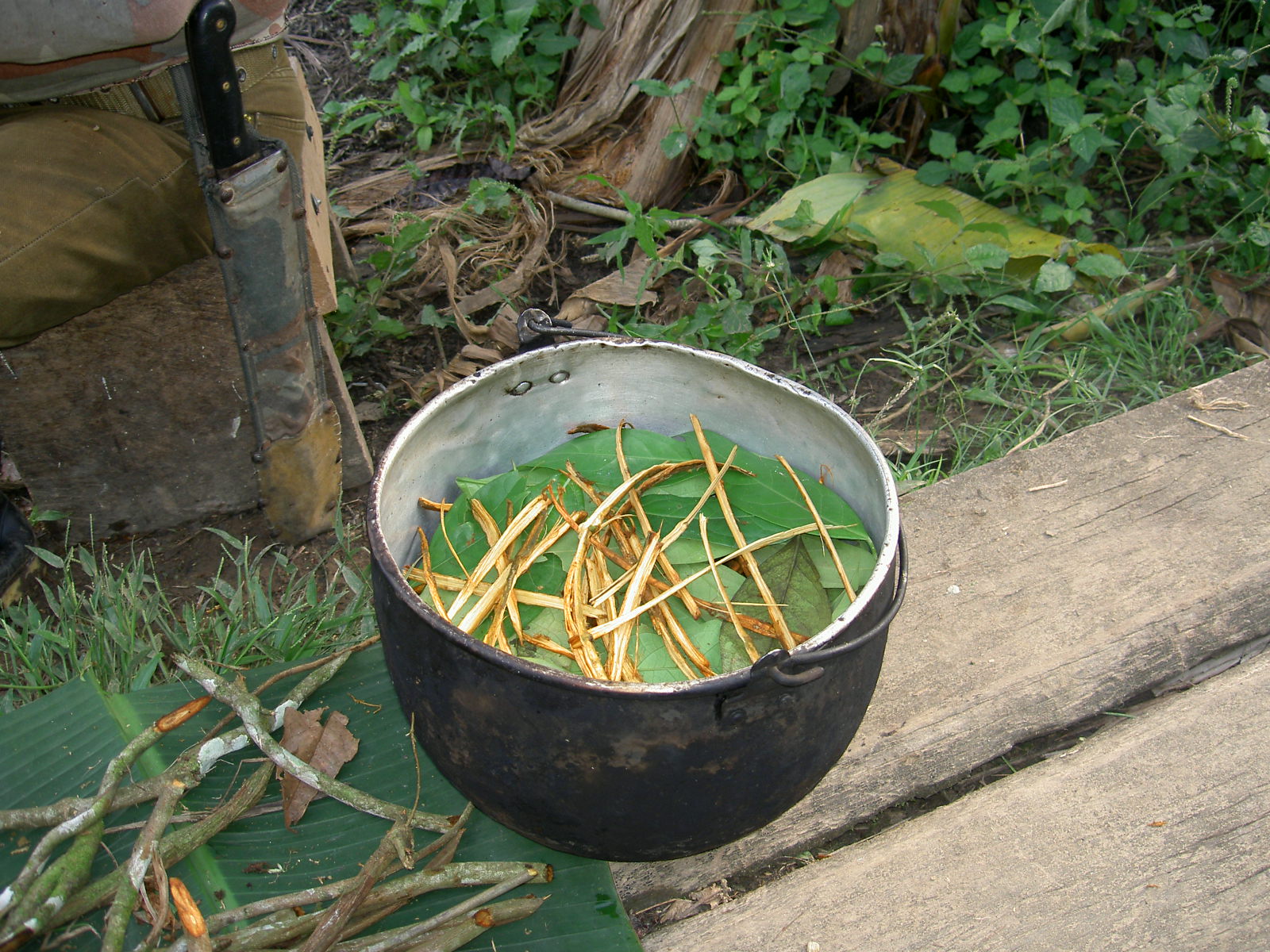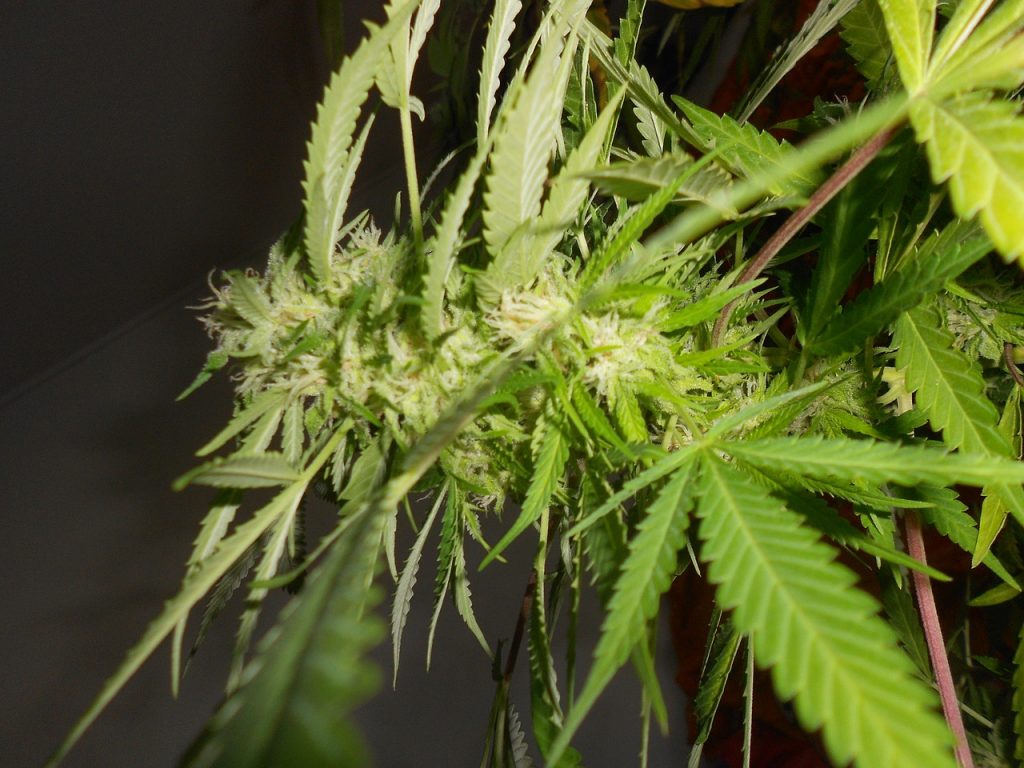This week I met with Dominic Milton Trott, the author of The Honest Drug Book: A Chemical & Botanical Journey Through The Legal High Years. A keen advocate of harm reduction, Dominic experimented with a large range of drugs with the aim of building a comprehensive guide to taking them whilst minimising the potential harms.
How did the idea of writing this book come about?
A few years ago I ran across Terence Mckenna and I decided very early that I was going to go to Peru and try Ayahuasca. And in the research for the Ayahuasca trip, I frequented forums and used the internet. On the drugs forums I noticed that generally people sometimes disappeared and then would be found dead. Over time it became apparent that they were dying for the same reasons that people usually overdose: they don’t know what the dose is, they don’t know how long a particular drug takes to take effect, they don’t know about drug combination.
I decided that there wasn’t sufficient information on the internet in one place. People were having to scrape around. And it occured in my head that anyone who’s decided to use any drug really needs information to do it safely.
The whole idea was – if i was gonna take a drug as I did do for the research or recreationally, what information would I need? What information would I want at my fingertips before actually consuming the drug, what information would I need for safety? The book basically attempts to give this information to the people who need it.
He added:
It’s painfully obvious that a lot of drug deaths are linked to ignorance, and there’s a lot we could do to avoid them by providing the most basic information. I want the people that need it to get it, to get the data.

Source: Wikimedia Commons
Can you tell me more about the advice you give in this book?
The sort of information that is included in the book are the general doses as offered by the generic harm reduction forums like TripSit, Erowid and so on: the usual onset of a drug, the duration, the route administration, and all the relevant information. I created a directory in the book of all the common drugs, botanicals and chemicals. For each of them I can offer all the essential safety information through the 10 commandments of safer drug use which obviously includes testing. And for each of them I’ll give some specific information about the history of the drug usage, how people are going feel and what they’re going to be capable of doing whilst they’re under the influence.
The book basically addresses drugs and drugs classification, how to test, the safety procedures. The final section, called Worldscape, is basically science in terms of the relative harms of the drugs, legal information, what to do if you overdose or if you think you’re addicted, a dictionary, and all the sort of general information about drugs.
When I started my search I thought “there’s gotta be a book about this out there”. But at the time there wasn’t anywhere in book format. There was nothing like this that was written with a perspective from users.
Cannabis is an essential part of your book. What do you say about it? What have you focused on in terms of harm reduction?
I cover anxiety and panic attacks and what to do if you start going down that particular route. But beyond that cannabis has got a pretty significant part in the book itself. It’s an important reference for drug users generally. In the drug scene anybody that has taken any other drugs than cannabis will most likely have tried it as well. You’ve got to search hard to find someone who touched drugs that hasn’t actually touched cannabis. Because of that it is referred to throughout the book as a comparison with other drugs. And a lot of people use cannabis to do things like to come down from heavy trips which is actually not a good idea. If you are on a lsd trip and want to light up a small joint of cannabis that’s the worst thing you can do.
Whatever policy we implement, whatever year or country we’re in, a significant part of the population will be experimenting with drugs. As policy makers, government representatives, healthcare professionals or simple users, all should be working together to make sure that the people willing to take drugs can do it in the safest way possible, both for themselves and those around them.
The initiative of Dominic to provide drug users with the basic information they need in order to reduce the risks of harm whilst taking drugs is welcomed in a country where the Government maintains a Drug Strategy focused on crime rather than health, and where drug treatment services see they funding shrinking.
Below in an abstract of The Honest Drug Book:
SAFETY FIRST
It should go without saying that safety is the paramount consideration when experimenting with any substance of this nature. You are exposing your mind and body to the unknown, and potentially, putting your life and welfare on the line. Risks include addiction, overdose, allergy, and even physical harm resulting from loss or impairment of normal mental or physical control.
With this reality comes a responsibility which too many people fail to uphold. This is the responsibility to mitigate, manage, and as much as possible, reduce exposure to these risks. The following step by step list may assist with respect to this.
The 10 Step Safety Procedure
Always remember that your life is in your own hands. Should you choose to use a psychoactive substance, this framework may help you to take more measured and informed decisions.
1. Research, research, and research. Use the internet, consult books, ask those with experience, and take your time about it. There is no imperative to rush, but there is imperative to get it right. Know as much as is reasonably possible about the chemical or botanical you intend to use well before you do so.
2. Source carefully. How confident are you that the substance is exactly what you expect it to be? Is it likely to have been cut with something undesirable? Could it be something close to, but not exactly what you ordered? Could something have gone wrong during manufacture or transport? Does your source have any sort of reputation? When you have obtained the substance itself, the safety process has barely begun. Don’t succumb to temptation to shortcut any of the following steps.
3. Test it. Reagent testing can be used to identify many popular chemicals, and this isn’t rocket science to undertake. Test kits can be easily purchased online, and basic guides are abundant. See section 1.1.2 for a demonstration of use.
An alternative is to use a third party service, such as WEDINOS, the Welsh Emerging Drugs & Identification of Novel Substances Project. With an online generated form, substances can be sent anonymously for free laboratory testing, with the results being published for your perusal on the WEDINOS Website.
Similar services are now provided by organisations in a number of nations, using a variety of operational models. Examples include ecstasydata.org and energycontrol-international.org. Many festivals also provide on-site testing Services.
If you are less than 100% certain regarding the content or purity of your substance, testing it is an absolute must-do.
Pierre-Yves Galléty is Political Advisor at Volteface. Tweets @PYGallety

